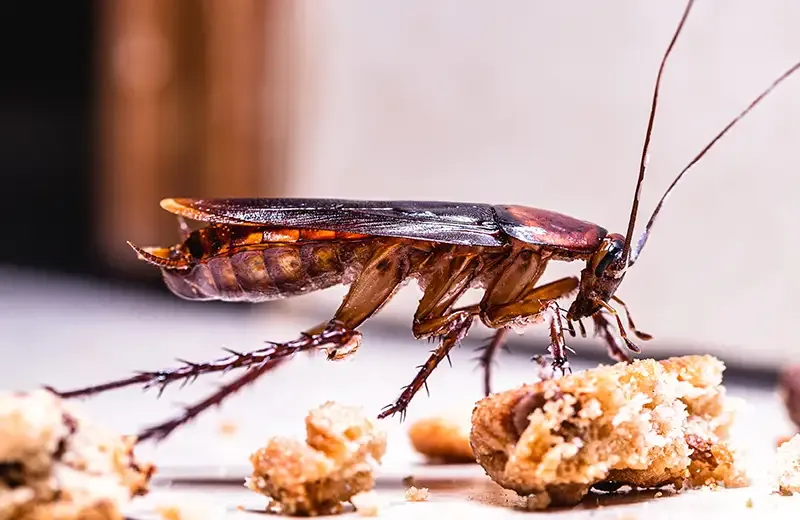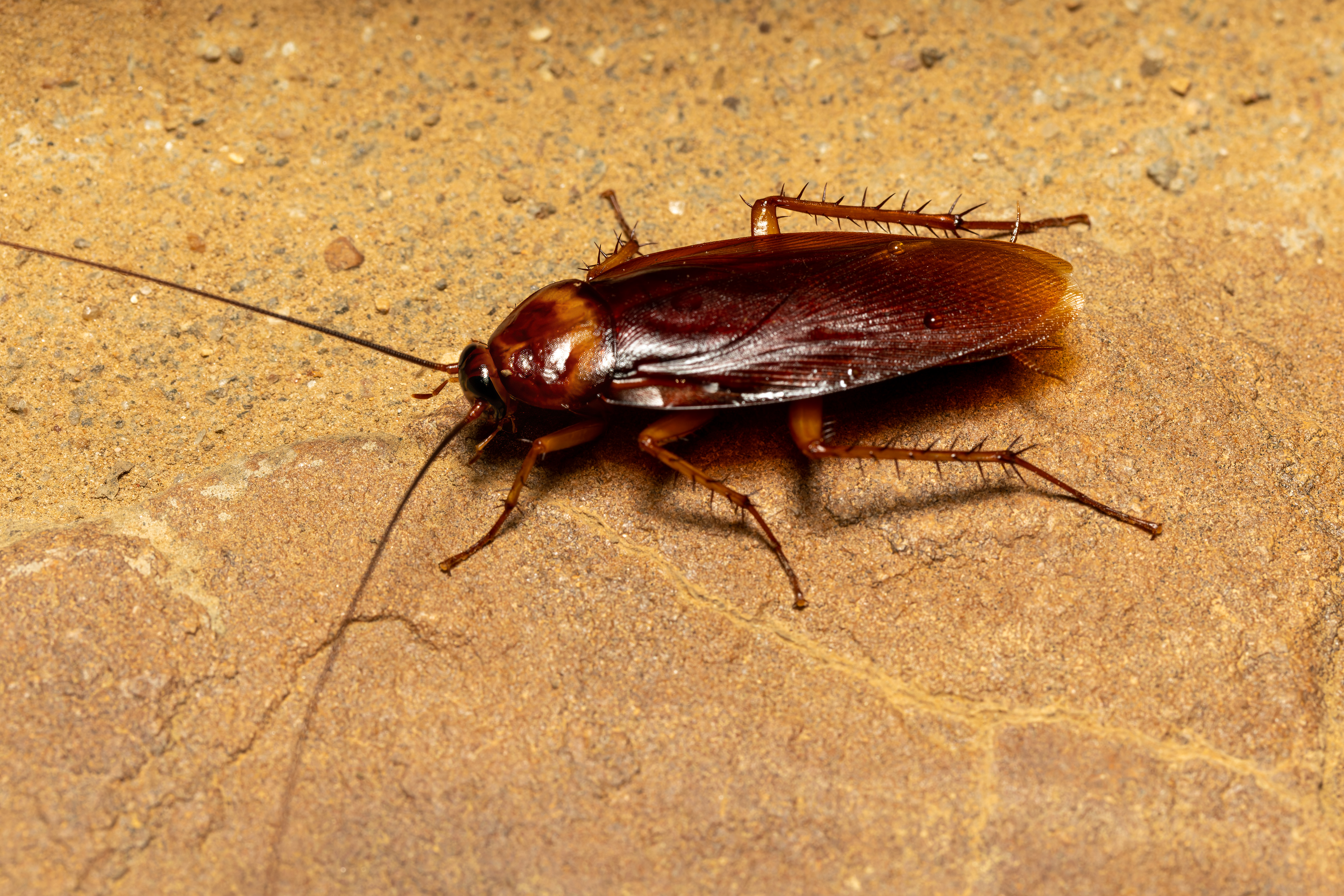Fast and Efficient Roach Control Near Me for a Pest-Free Home
Exploring Different Parasite Control Methods to Achieve Long-Term Success in Managing and Protecting Against Invasions in House
Efficient parasite control in domestic locations necessitates a complex approach that stabilizes immediate results with long-term sustainability. By examining a series of methodologiesâEUR" consisting of eco-friendly remedies, chemical alternatives, and Integrated Bug Administration (IPM) âEUR" house owners can establish techniques that not only address existing problems yet additionally stop future events. This expedition discloses the possibility of cutting-edge practices and emerging technologies that might redefine typical bug management. What might these advancements require, and how can they change our understanding of insect control?
Recognizing Pest Control Approaches
Although pests have existed along with humans for centuries, the approaches employed to manage them have progressed considerably over time. Recognizing these techniques is critical for successfully handling and preventing problems in houses. Pest control strategies can be generally classified right into three primary methods: social, mechanical, and chemical.
Social methods focus on altering the environment to decrease pest destination and reproduction. This consists of correct hygiene, plant rotation, and habitat adjustment, which can dramatically decrease pest populations. Mechanical control includes physical obstacles and catches to handle parasites directly, such as displays, vacuums, and sticky catches. This approach is commonly favored for its non-toxic nature and prompt results.
Chemical control continues to be one of the most widely made use of methods, including the application of chemicals to get rid of parasites. While effective, this method requires mindful consideration of security, possible resistance advancement, and ecological influence. Integrated Pest Administration (IPM) integrates these techniques to create an all natural strategy, promoting long-lasting bug prevention and very little damage to valuable microorganisms. By understanding these various insect control techniques, property owners can make educated decisions that advertise reliable management and preservation of their home.
Eco-Friendly Pest Control Solutions
Exactly how can home owners effectively take care of bug troubles while decreasing their environmental influence? Environment-friendly insect control solutions use a lasting alternative to standard approaches, focusing on the health and wellness of both homeowners and the surrounding environment. These remedies commonly utilize all-natural active ingredients and techniques that disrupt bug actions without introducing hazardous chemicals right into the setting.
One effective approach is making use of beneficial bugs, such as ladybugs and lacewings, which victimize usual pests like aphids and termites. Additionally, diatomaceous earth, a natural powder made from fossilized algae, can be sprinkled in areas where pests are common, working as a desiccant that harms insects while remaining safe for human beings and pets.
Additionally, carrying out preventative actions is important. roach control near me. Homeowners can ensure proper sanitation by securing access points, preserving clean home, and managing waste effectively. Planting pest-repellent natural herbs, such as mint and basil, can additionally hinder undesirable site visitors
Eventually, eco-friendly pest control solutions encourage home owners to resolve invasions properly, promoting a safer living setting while advertising environmental equilibrium. By welcoming these techniques, individuals can add to a much healthier planet while efficiently managing pest-related concerns.
Chemical Bug Control Options
While environment-friendly services are progressively popular, there are situations where chemical parasite control choices might be required for effective monitoring of serious infestations. Chemical controls, consisting of insecticides, fungicides, and herbicides, are frequently utilized to swiftly decrease parasite populations and mitigate damage to homes and yards.
These items can be identified right into 2 primary categories: synthetic chemicals and natural pesticides. Artificial chemicals, such as pyrethroids and neonicotinoids, are crafted to target certain pests, offering fast knockdown results. Conversely, natural chemicals, stemmed from plant or mineral sources, might supply a much more eco-friendly choice while still delivering efficient imp source results.
Prior to employing chemical bug control, it is essential to carry out an extensive analysis of the problem and determine the details insect included. This makes certain that the selected chemical is both effective and proper. In addition, property owners have to abide by safety and security guidelines, including proper application strategies and individual safety devices, to lessen health and wellness dangers and ecological effect.
Integrated Bug Monitoring Approaches

Organic control involves using natural killers or bloodsuckers to manage parasite populations. Presenting ladybugs can help regulate aphid infestations. Social practices, such as plant turning, sanitation, and environment modification, goal to make environments less for pest survival and reproduction. Physical controls, like catches or obstacles, can avoid bugs from entering homes or harmful plants.
Surveillance and assessment are important parts of IPM, permitting timely interventions based on pest population limits. By focusing on safety nets and making use of a combination of methods, IPM not just addresses current invasions however likewise cultivates long-term insect administration remedies that protect both human wellness and the environment. This detailed strategy is crucial for sustainable bug control in suburbs.
Emerging Technologies in Insect Control
The development of emerging modern Look At This technologies in insect control is transforming the way we take care of pest populaces, offering ingenious solutions that improve performance and effectiveness. Advances in precision farming, as an example, utilize data analytics and sensing unit innovations to monitor insect activity and environmental problems, permitting targeted treatments that decrease chemical use.
In addition, drones furnished with imaging modern technology are being used to check huge areas for invasions, giving real-time data that help in prompt decision-making. Additionally, biotechnology is playing a critical company website role, with the growth of genetically customized organisms (GMOs) developed to reduce parasite populaces while protecting helpful types.

Lastly, clever traps and keeping track of devices equipped with IoT abilities allow house owners and parasite control professionals to obtain instantaneous informs concerning pest activity, promoting timely action. Jointly, these arising modern technologies not only boost pest monitoring end results yet also contribute to ecological sustainability by minimizing reliance on traditional chemical therapies.

Final Thought
In final thought, effective parasite control requires a complex method that incorporates cultural, mechanical, and chemical strategies. The combination of these methods is important for achieving lasting success in insect monitoring.